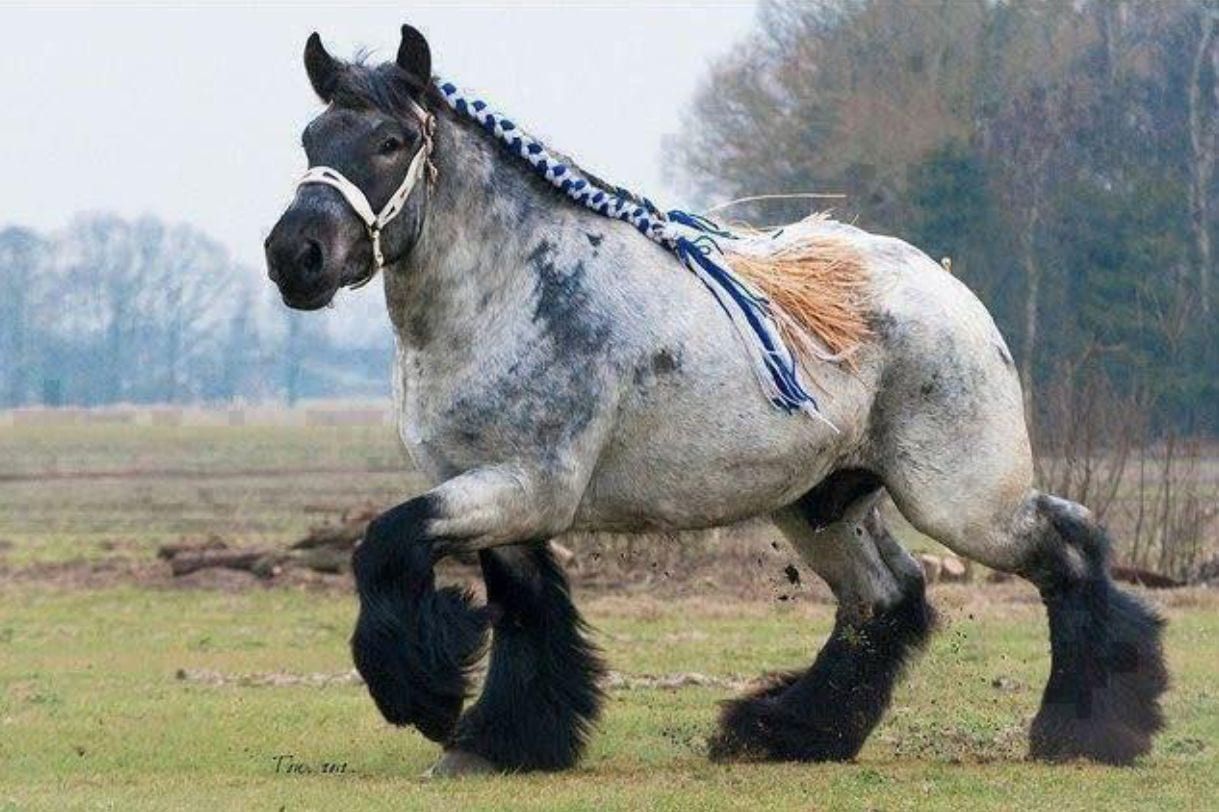10 Signs of Nutrient Scarcities in Nags, Horse Care and Feeding with Smart Horseman
. As a steed proprietor, you are presumably quick to note when commodity seems not relatively right together with your horse. But deciding exactly what it’s can take weeks (or indeed months) to prompt to the gemstone bottom.
Nutrient scarcities in nags are one of those problems which will beget unanticipated symptoms that leave you scratching your head.
These 10 signs of nutrient scarcities can help you to keep an eye fixed out for possible issues
A gradational decline in weight is generally the primary sign of energy insufficiency.
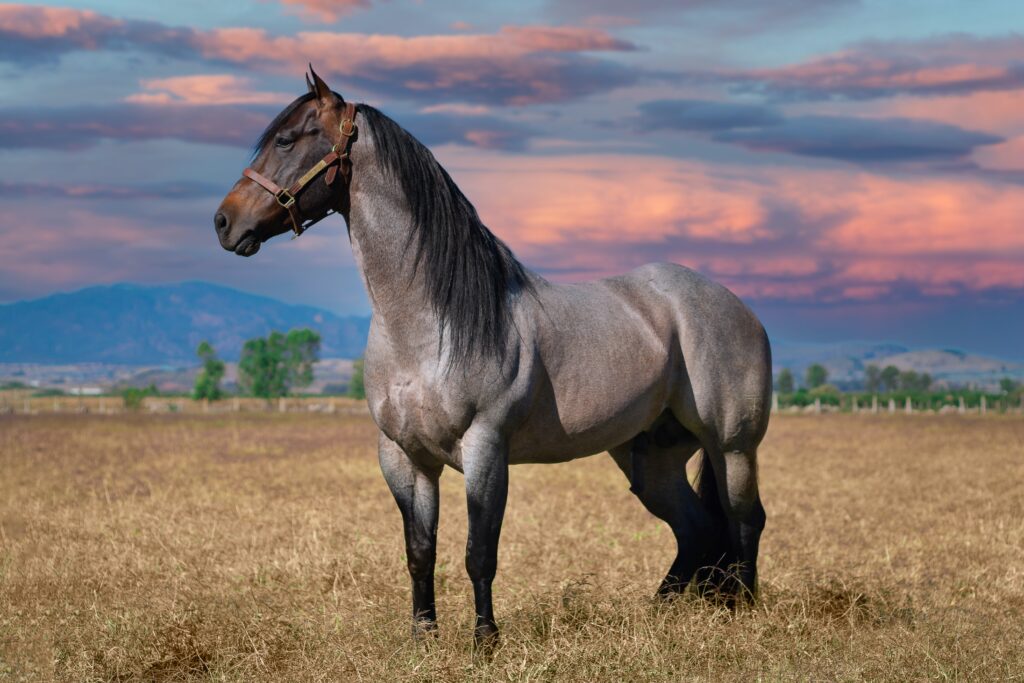
It’s constantly seen in aged horses that will have a delicate time smelling or digesting food but can affect any horse once they simply aren’t getting enough calories.
Still, or they’re called at exceptional downfall, it’s important to form compensations If your horse‘s position of exercise has increased.
2. Fatigue
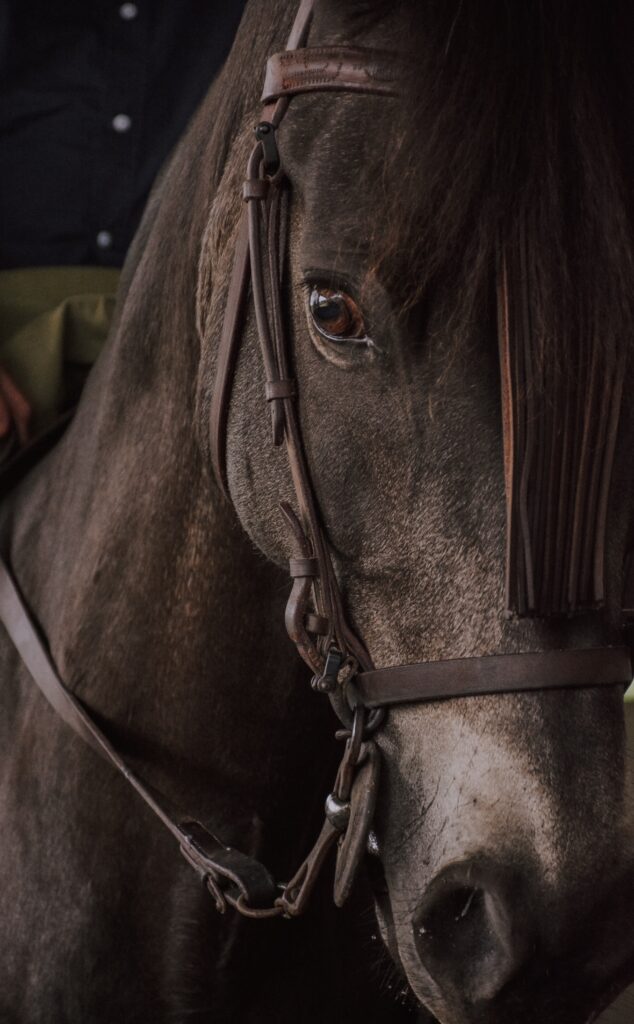
Still, it’s going to be an iron insufficiency, If you notice an unforeseen drop in your steed’s energy state.
Although it’s rare, pregnant mares, foals, and performance nags are frequently affected, also nags that have an outsized number of spongers in their system.
A regular deworming program is the stylish forestallment, but if you’re doing suspect an iron insufficiency it’s important to figure it out together with your warhorse to correct it, as iron toxin also can beget serious health issues.
3. Spookiness
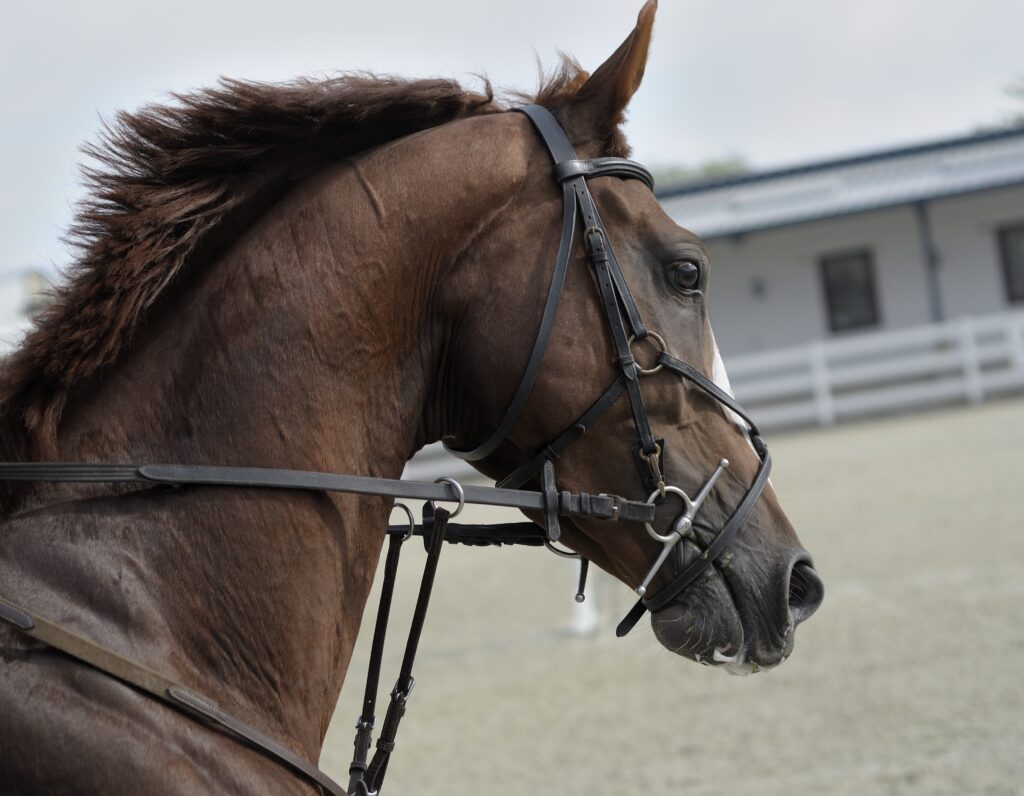
Does your horse suddenly seem more restless and spooky? Has the weather been extremely hot and humid, or has he been exercised hard?
More From Savvy Horsewoman: Horse Cost Case Study
If so, it’s going to be a potassium deficiency.
Mediavine
This is one of the foremost common deficiencies, and lucky, easily preventable by adding electrolyte supplements to your horse’s beverage.
Some horses may require supplements year-round counting on the climate and level of exercise.
For more details inspect Using Electrolytes for Horses in Winter.
4. Slow Healing

Typically, wounds should heal at a reasonably consistent pace. If you discover your horse has cuts or scrapes that just don’t seem to disappear it’s going to be a vitamin C deficiency.
It’s most ordinarily seen in horses under long-term stress (during shipping/quarantine or stall rest), but it also can affect senior horses because the liver’s natural production of vitamin C begins to say no.
Supplementing your horse’s diet, under the guidance of your vet, is typically the simplest solution.
5. Decreased Appetite

An unexpected drop in appetite, particularly during hot and humid weather, is often a symbol of a salt deficiency.
Although most horse owners have a salt block available, it is often difficult to understand exactly what proportion they’re consuming. Horses are often surprisingly picky!
Himalayan Salt can sometimes be more enticing, and adding loose salt to your horses’ feed is usually the simplest thanks to monitoring intake.
Check out Himalayan Salt for Horses – Is it Worth it? for more details.
6. Faded Coat Color
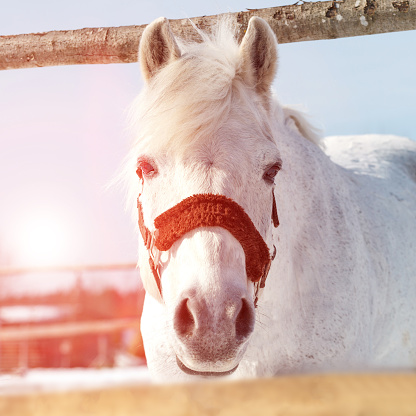
If you’ve noticed a change in coat color (that’s not associated with sun exposure), it might be a copper deficiency.
Young horses and broodmares are most ordinarily affected, but they can impact any horse without proper levels in their diet.
More From Savvy Horsewoman: Horses in Winter – 5 Helpful Care Tips
Luckily, quality feed manufacturers like Wisium, provide optimal levels of copper and other nutrients so this typically isn’t a worry for many horse owners.
Mediavine
7. Diarrhea
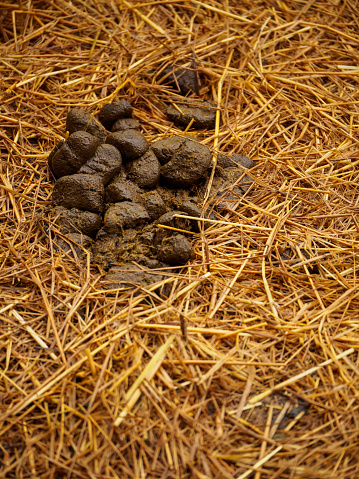
Long-term, unexplained diarrhea is often worrisome and should be caused by a vitamin B1 deficiency.
Low-quality feed, combined with insufficient grass or hay, is usually the cause.
A (gradual) change is diet, and increased grazing time is a simple solution, but supplements also are available.
8. Inflammation

A noticeable increase in inflammation is often a symbol of vitamin E deficiency.
It’s most frequently seen in horses that are on a hay-only diet, particularly within the late winter or early spring, as hay that has been stored for several months begins to possess a decrease in available vitamin E.
Check with your vet about supplements or feed options if you think that your horse could also be in danger.
9. Slow Hoof Growth
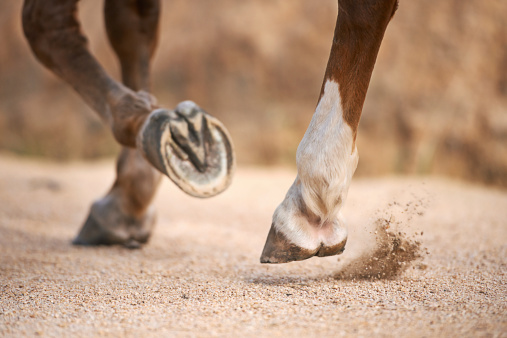
Does your horse barely needs a trim when the farrier shows up? It might be thanks to a protein deficiency.
Talk to your farrier or vet about adding an aminoalkanoic acid supplement, which when used correctly, can be showing positive leads to as little as every week.
10. Dull and Dry Coat
If your horse’s coat is dull, dry, and brittle, even with regular grooming, it might be an iodine deficiency.
Mediavine
Most manufactured feeds contain adequate levels of iodine, so adding some to a hay-and-grass-only diet can resolve it quickly. Having iodized salt blocks available is additionally an honest option.
Using a conditioner may be a good way to assist restore their coat, while your horses recover. Try my recipe for Homemade Coat Conditioner for a fast fix!
More From Savvy Horsewoman: Tips for an efficient Horse Grooming Routine
Keep in mind that these are just some of the various signs of nutrient deficiencies in horses and that they are often synonymous with other health issues. Always speak together with your vet and/or equine nutritionist before adding new feed or supplements to your horse’s diet.



